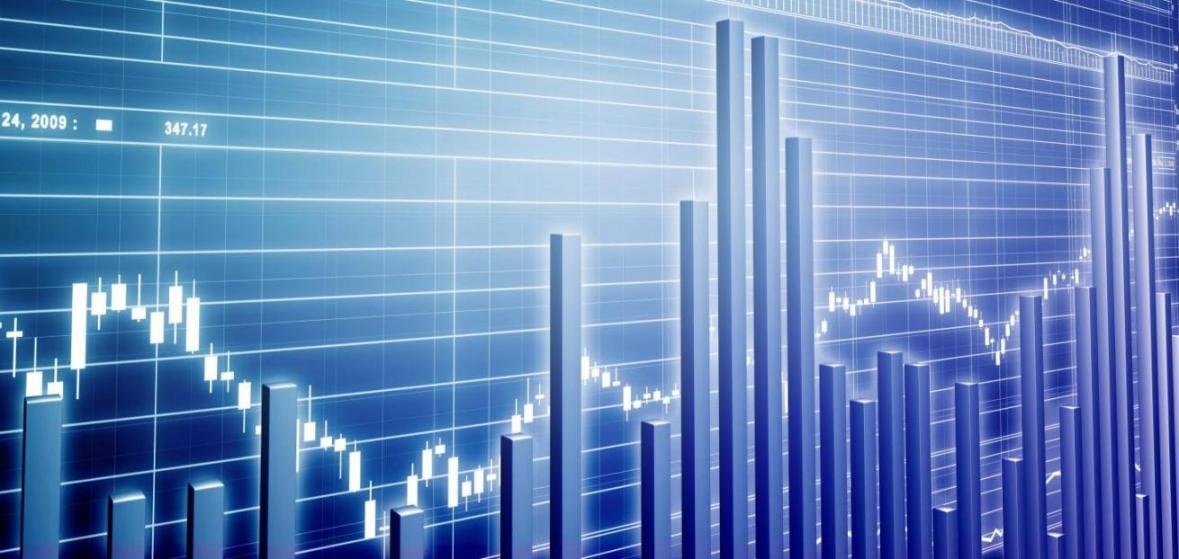After an exhausting six weeks during which Tehran Stock Exchange fell from around 70,000 to just over 64,000, last week was the first time when losses stabilized, even reporting an infinitesimal growth of 0.1%.
Following a spiritless rout since the nuclear deal was signed in July between Iran and the world powers, the market finally seems to have reached balance, with the hope of growth in a few weeks.
In fact, pull and push factors seem to divide the scale evenly.
The strings are being pulled by the general craving to get the books in order. In Iran, the sixth month of the year, Shahrivar (23 August–22 September), and the last month, Esfand (20 February–19 March), are the times when many institutional investors, companies and brokerages publish their annual reports. These organizations will be looking to settle their accounts over the next weeks by issuing additional shares while selling unprofitable ones, which will further inundate a stock market already marked by little investor interest in the primary market. Graphs show that buying and selling by institutional investors during these two months consistently outrank the yearly average.
Even worse, many of these large market participants will want to clean up their depressed financial sheets, which are afflicted by a sharp liquidity shortage in an economy experiencing contractionary government policy and a closed, high-risk capital market.
The annual reports will be scrutinized for potential clues on profitability, which factor has kept the stock exchange in its drag for the past months. While Q1 expectations assumed gradually rising profitability (as measured by the profit-to-earnings ratio), TSE listed-companies now seem stuck at a ratio of around 5.5, which, despite much higher profitability than developed economies, is too little to incentivize Iranian investors in the current high-risk climate. Investors have been desperately scouting for higher rates over the past week, as shown by the massive influx of funds into the sugar industry. This sector posted a P/E ratio of over 13 and was rewarded a 7.1% share price growth.
While the primary market at TSE is dominated by the trading of institutional investors looking to get their hands on freshly-issued shares, they are only part of the story. Their recent maneuvering to shore up balance sheets has not excited the retail and individual traders either, who have looked on passively and suspiciously. Pulling out of share trading en masse, small investors have shifted their money to safer investments like bonds and bank deposits. This trend is indicated by average transaction counts, which is the best parameter to track the often small sums traded by this investor type. Average transactions stood at 24,640 in the past week, which is more than 50 % below the level posted at the beginning of the year.
The graphs also show that institutional trading has been rising vis-à-vis the retail investor since 2014. This trend emphasizes the fact that the current trading climate is not to the benefit of small investors, as many of the prevalent strategies imply hit-and-run, institutional short-selling and insider trading.
On the push side of the equation can be found the massive but admittedly long-term benefits of the nuclear deal. In particular, the latest move by several US Democrats in favor of the nuclear deal have convinced TSE traders that there will be no further political ado: Sanctions will in all likelihood be removed in several months.
This push factor should not be underestimated: Market participants were optimistic in the runup to the deal but ran out of spirit soon after for fear that the political underbellies of Iran and the US would thwart the deal. Despite the current balance of powers, it is this factor that will win out over time and return TSE to growth.


